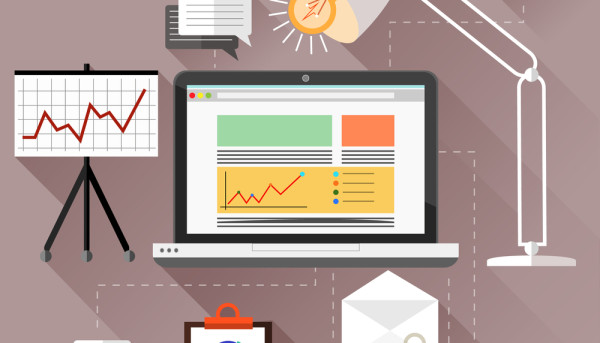Effective Time Management Techniques for Busy Professionals
Tracking, prioritizing, and scheduling your time efficiently are the keys to productivity. Two great time management techniques include the Pomodoro Technique and 2-Minute Rule as useful time-savers.
Analyze your peak productivity times and save complex, time-intensive tasks for those hours. Schedule simpler jobs during your downtime using Eisenhower Matrix prioritization tools: Urgent and Important Tasks should be accomplished immediately while Other Important But Urgent Needs Can Wait or Delegate or Eliminate are scheduled or delegated or Eliminated (Delegate or Eliminate). Time blocking can also be effective strategies.
1. Prioritize Your Tasks
Prioritization techniques can help you prioritize what tasks should take priority over others and which tasks may need to be pushed until later or even dropped altogether.
Prioritize Your Work To Keep Projects Moving Forward If you don't learn to prioritize, an urgent task such as answering client emails may not be as critical to meeting deliverables for an end-of-quarter deadline as meeting deliverables for said deadline, this could cause team productivity to suffer and add stress. These strategies may help you prioritize tasks more effectively:.
2. Make a To-Do List
A to-do list can help keep you on task. When you have small windows of free time, take a quick scan through your to-do list to identify any tasks that can be accomplished quickly or effortlessly - this can increase productivity while simultaneously decreasing stress levels.
Eisenhower matrix also assists you in avoiding over-committing to tasks by listing how long each task should take and helping you decide what needs to be completed immediately, what can wait until later and which tasks need delegation.
When planning larger projects, break them into subtasks and schedule them on your calendar to ensure you can work without switching tasks constantly, which can drain energy.
3. Schedule Your Time
An organizer or calendar, whether physical, online, or even just plain old notebook, can help keep track of important deadlines and milestones more easily, helping reduce stress while improving productivity and providing clarity around goals.
Time blocking allows you to establish blocks of specific lengths of time for each task, giving greater control of daily activities and helping ensure you receive adequate restful rest every night.
Use an Eisenhower Matrix time management tool to identify which tasks are important and urgent, important but not urgent, or of no consequence at all. Prioritize those which fall within this category while considering delegating or eliminating non-essential tasks which are less urgent.
4. Block Out Distractions
Avoiding distractions is key to staying on task, including shutting off your phone and wi-fi as well as physically moving away from temptations like TV or a disorganized desk.
Distractions can be more than an inconvenience; they're an actual productivity killer. Research suggests it takes 23 minutes to return to a task after an interruption has taken place.
Instead of simply ignoring distractions, try processing them by asking yourself relevant questions to assess its urgency and importance. You could also block distracting apps using time limits with schedules to stop using them altogether; ultimately this strategy will allow you to maximize productivity throughout your day.
5. Don’t Switch Tasks
Although multitasking may seem appealing, it can actually diminish productivity. Multi-tasking makes it easy to become distracted when trying to work on multiple things at the same time, leaving you more susceptible to becoming overwhelmed and losing focus than working on just one at once.
Regaining concentration after switching tasks may take up to 25 minutes, rendering task switching an ineffective use of time.
To combat this problem, try limiting the number of tasks you take on simultaneously and group similar ones together - this will save time by minimizing context switching. Furthermore, try time-blocking strategies like Pomodoro or 52/17 techniques in order to force yourself to remain focused for extended periods.
6. Set Goals
As part of any personal or professional project, setting clear goals can help keep you on the right track. Goals should be measurable, achievable and timely in nature.
Learning to say no and avoid taking on more than you can handle is also key to managing stress effectively. With only 24 productive hours available every day, prioritize critical tasks first before moving onto more demanding endeavors.
Time blocking, making a to-do list and other time management techniques can help keep you on task throughout the day, improving productivity while guaranteeing important projects are completed on schedule. By taking these simple steps you can maximize productivity while making sure important projects get finished on schedule.











